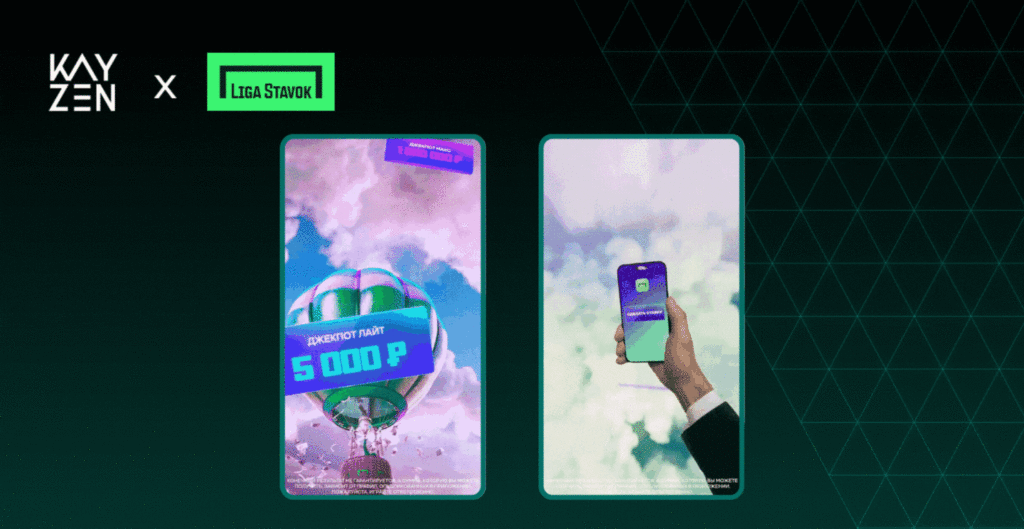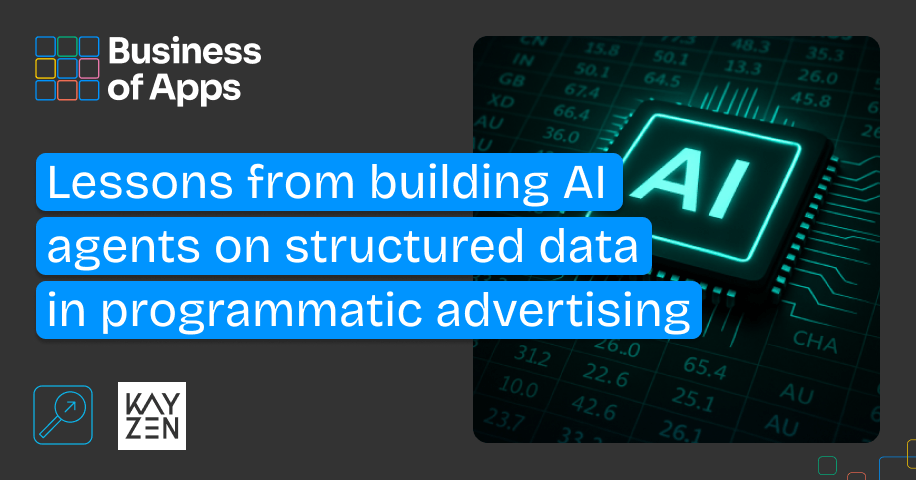Table of Contents
Since the dawn of smartphones, manufacturers have been providing their customers with a small pin, which we always thought was only supposed to be used to extract the SIM card from our phones, but little did we know they were providing us with an advanced mechanism to close in-app ads. Mobile device manufacturers knew it all along, we were just oblivious to it!
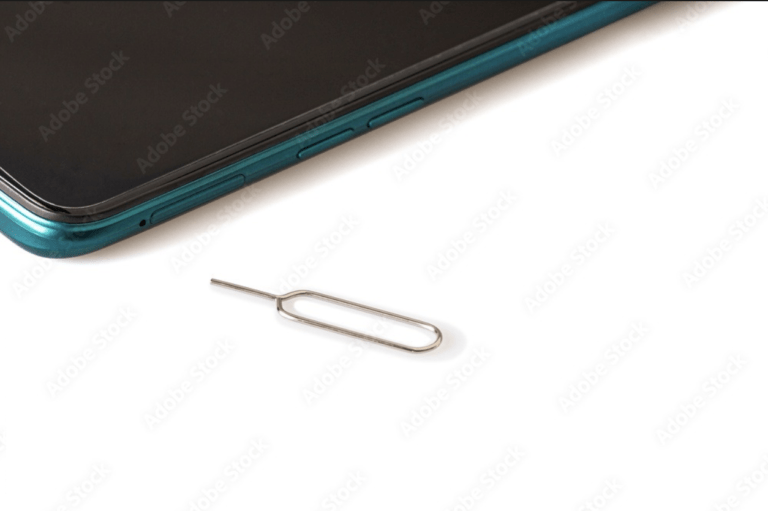
Small close buttons are just an example of how the in-app ad user experience has worsened over the past year, but how exactly did we get to this point?
Until a few years ago, one of the main reasons for advertisers to work with a specific Ad Network or Ad Exchange (through a DSP in the latter) was reach, determined by the position on the publisher’s waterfall the network/exchange would have. The higher on the waterfall, the more ad impressions the network/exchange would get exposed to.
With the introduction of in-app bidding, supply has been democratized. As long as the Network or Exchange’s SDK is bidding enabled, they can access all impression opportunities. With the playing field leveled on the Reach front, it all comes down to Performance.
One of the key components to performance is the creative experience, which is determined by the creative being shown, and the player / renderer running such creative. Over the past 2 years, networks and exchanges have been updating their respective SDKs to secure higher engagement (measured as CTR), in an effort to gain the upper hand over their competition and secure a larger SOV from UA and Monetization Managers alike.
Fullscreen clickable areas, increasingly smaller close buttons and multiple pop ups that make it almost impossible to exit the ad. The result is an arms race between networks and exchanges to ensure the highest CTRs possible, all to the user experience’s detriment.
Beauty lies in the eyes of the SDK
SDK Rendering Differences
Performance advertisers will usually run multiple creatives across several channels, from Self Attributing Networks like Meta, Google, and TikTok, to traditional Ad Networks like AppLovin or Unity, to programmatic DSPs, which in turn connect to multiple exchanges. They do so, most of the time, without visibility on how their creatives end up rendering on the devices of their potential customers.
Kayzen provides programmatic access to in-app inventory globally, and transparency to help advertisers understand and increase control over the creative experience they wish to deliver.
A single creative, running on the same application’s placement, can deliver a very different experience depending on the SDK that is rendering the ad. Take a look at the example below.
A Rewarded ad for Royal Match, by Dream Games, running on the same app, Ludo Match by Gametion, on iOS, seen through the lens of the Unity (left) and Vungle (right) SDKs.


What differences can be seen between these two creative experiences?
- The Unity SDK shows an explicit Call to Action button, while the Vungle SDK has a small download button. Nonetheless, as of March 2023, both SDKs support Full clickable videos (previously Unity’s videos were only clickable on the CTA button).
- On top of a progress bar, the Vungle SDK also includes a timer on the upper right corner, providing users with further clarity on when the rewarded video will end.
- The Vungle SDK has support for SKOverlay and in-ad apps store preview (storekit), creating a more native experience.
This ain’t a click, it’s a goddamn arms race
CTR Evolution by Exchanges
We’ve just seen how the same creative can be delivered in distinct manners when rendered by different SDKs, but how does this translate into performance metrics?
Let us look at the historical average Click-Through Rates for Rewarded Video – Android – US broken down by the top SDK based Ad Exchanges.
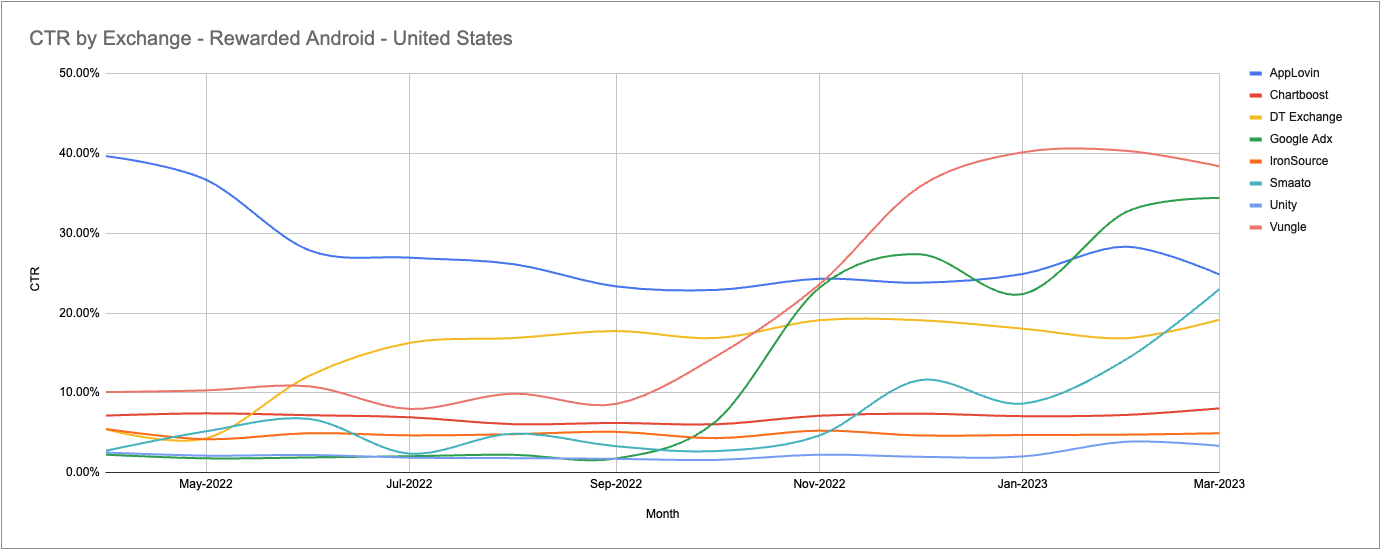
The first observation is that click- through rates are vastly different across the different SDKs, yet show a clear upwards trend, thus evidencing the aforementioned click-through arms race.
Secondly, there are inflection points for several SDKs, after which CTRs increase significantly. These can be explained by changes introduced in the rendering experience provided by the SDK, for example:
- DT Exchange: Introduced Fullscreen clickable area to Rewarded and Interstitial Video in June 2022.
- Google ADX: Introduced Fullscreen clickable area to Interstitial and Rewarded Video in October 2022, as well as a minimum rendering time of 5 seconds to Interstitial Video in November 2022.
- Smaato: Introduced Fullscreen clickable area to Rewarded and Interstitial Video and reduced close button to 30×30 pixels in February 2023.
- Unity: Introducing Fullscreen clickable area to Rewarded and Interstitial Video starting March 2023.
- Vungle: Introduced Fullscreen clickable area to Rewarded and Interstitial Video in October 2022, as well as reduced the padding area around the close button to 18×18 pixels mid-December 2022.
It is clear that all changes implemented aim to increase the clickable area of the video creative. Whether it is by removing the limitation on just the CTA button being clickable or by reducing the close button to sizes only clickable by Edward Scissorhands, everything is tailored towards increasing the number of clicks, even if many of these end up being accidental.

“Look Ma! No Hands!” – The iOS case
iOS Creative Experiences
Moreover, in iOS we see an increased support for native functionalities such as SKOverlay and Auto-Store Kit. While Ad Networks have already been leveraging these for some time, many are now updating their exchange templates to incorporate support for these experiences. Vungle and Mintegral exchange were some of the first to release support, with Unity, AppLovin, DT Exchange, IronSource, and Smaato following closely.
Let us take the example of SKOverlay. When the overlay banner is shown, usually 5 seconds into the video, any activity the user has on the overlay itself, such as clicking the install/get button, is not recorded by the rendering SDK, but instead by the Apple device for SKAdNetwork attribution purposes.
In order to avoid missing out on MMP’s deterministic or probabilistic attribution, many SDKs will trigger the MMP click upon displaying the SKOverlay, which results in very high click-through rates, most of these non-user initiated.

The new industry standard and how it impacts the attribution game
Impact on Attribution
Whether it is through creative experiences that increase the chances of accidental clicks or the use of overlays and native store views that automatically trigger clicks, the new industry standard is characterized by a dilution of the meaning of the click. Intent is no longer necessarily tied to a click.
How come users seem to be the only ones being vocal about this? It all comes down to the attribution game. While some advertisers have made significant great progress in making SKAdNetwork attribution work for them, many still rely on deterministic or probabilistic MMP attribution.
Installs and in-app events get attributed to the last click that took place within, usually, a 7 day window. As a network or exchange, generating more a larger amount of installs through a more intrusive creative experience increases the chances of getting those events attributed to you, hence improving your performance and share of volume on both UA and monetization fronts.
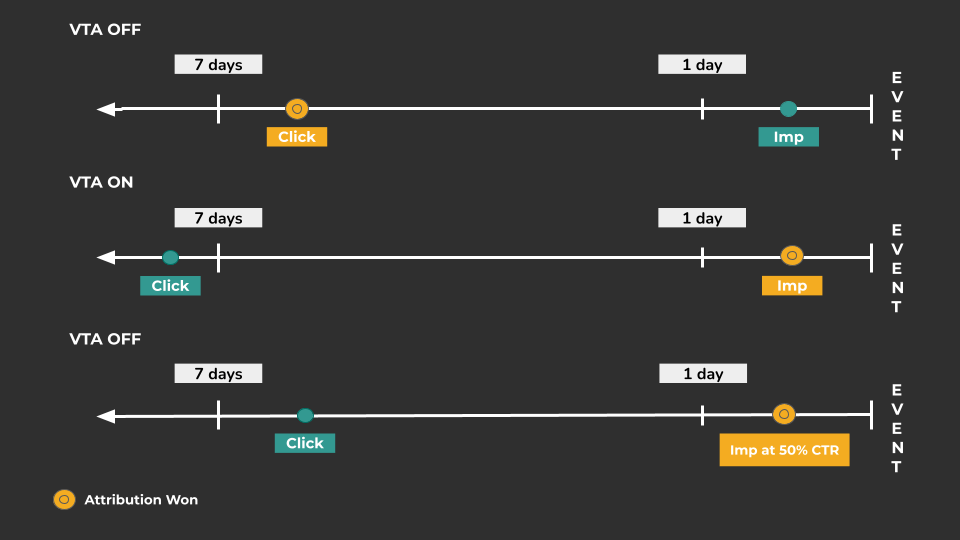
Now, it is highly probable that these increased clicks with significantly lower intent result in events where the attribution is “stolen” from other networks/exchanges, or plainly cannibalizing organics, i.e. the incremental value that these events have is, at a minimum, debatable. Time will tell if incrementality will become a more decisive factor moving forward.
Separating the click from the chaff
Final Remarks
As we’ve previously seen, the click- through arms race shows no sign of stopping anytime soon. Ad Networks and exchanges will continue to make changes to their SDK’s rendering capabilities to ensure more competitive CTRs, or else they risk being left behind by their competition.
Nonetheless, there are a few measures advertisers can take in order to navigate this intent-less click world:
- If using CTRs as a performance KPI, understand that comparing clicks across exchanges or networks is no longer an apples-to-apples comparison. Work with partners that grant transparency on the creative experience delivered in each case in order to properly interpret click-through rates.
- Reconsider your attribution windows by network/exchange. With CTRs continuing to increase with decreasing intent associated with it, the click is looking more and more like a view. Ask yourself the question, does it make sense to keep a 7-day CTA window at +30% CTRs when your VTA window is just 24 hours.
- Measure the trade-off between increased CTRs and a rougher user experience. When an ad is displayed, the user sees two things: the ad being shown and the publisher app displaying the ad. The rendering SDK will most definitely never take the heat for a poor user experience, so consider the impact this may have on your brand.
At Kayzen, transparency and performance come first. As the first mobile in-house bidder and self-serve DSP, we enable leading app developers, agencies, and media buyers to run in-house programmatic user acquisition, retargeting, and upper-funnel campaigns. With 150B daily requests across 20+ exchanges, reaching more than 2B unique devices, Kayzen provides diversity and transparency in creative experiences combined with a modular, scalable platform.

